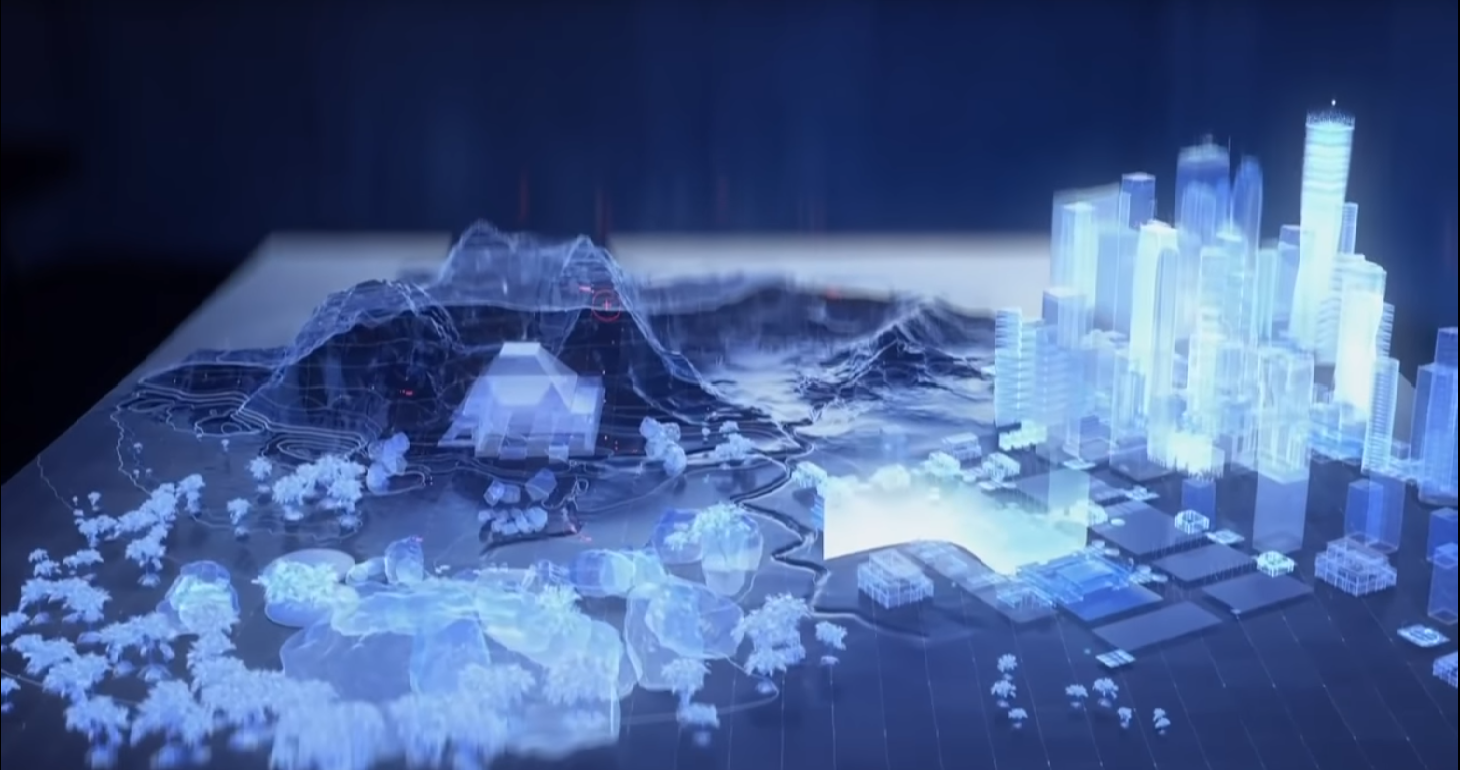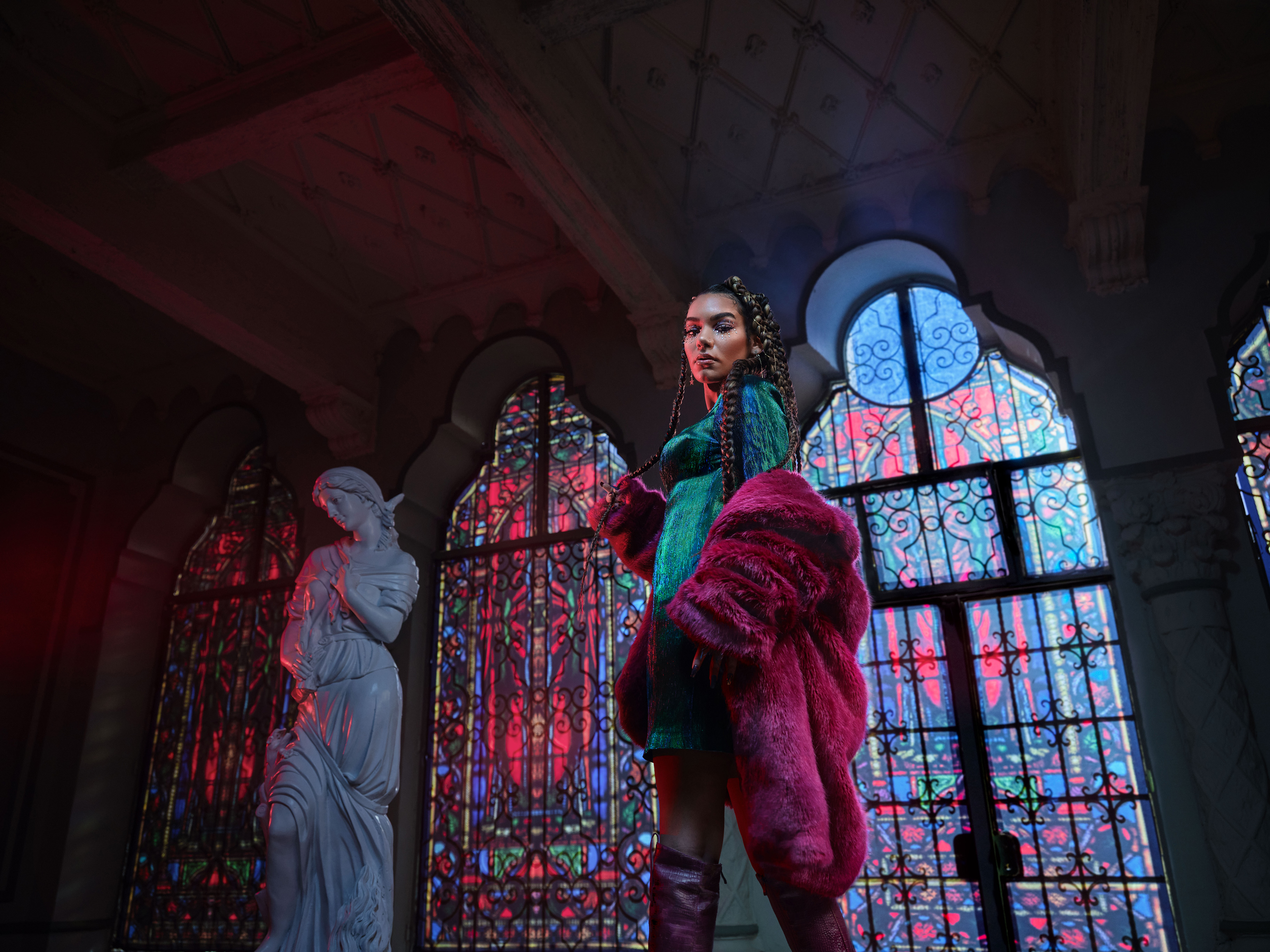Luxury retailers have always relied on the physical space to entice consumers in the world of desire, elegance, surprise, and delight of their brands. It was within their stores, with immersive, dreamlike interiors and exciting visual merchandising, that the storytelling of luxury retail came to life.
For many luxury brands, the transition from the bricks-and-mortar world to a new digital ecosystem has been a bit of an unforgiving struggle. This, however, has little to do with the purchasing desire of consumers and is more around the difficulty of translating online the in-store storytelling experience.
With the ongoing Covid-19 pandemic, many brands around the world have been either forced to close stores or introduce social distancing measures that somewhat detracted from these immersive in-store experiences.
So, what have brands been doing about this? Well, it’s no secret that e-commerce sales across the board have seen numbers way higher than anyone ever expected, and luxury goods have been a part of this increase in digital consumption. However, a functional e-commerce website isn’t really the best tool for storytelling and customer immersion. With this in mind, it’s easy to understand why many luxury brands have turned their attention and investment to virtual reality (VR) and augmented reality (AR) experiences to re-engage with users through brand storytelling.
Now, the world is no stranger to VR and AR with Snapchat and Instagram pushing out easily digestible consumer engagements that have removed many of the barriers to entry for retailers, allowing them to use these ‘developed’ technologies in a way familiar to users rather than experimental gimmicks. “By 2020, 46% of retailers planned to deploy either AR or VR solutions to meet customer service experience requirements,” according to a 2019 report by Gartner.
On top of this, there are two key factors that are helping drive the deployment of these technologies.
1. The ability to interact within the browser. Allowing users to use virtual reality experiences without the need for a native application removes many blockers and means that brands can begin to enrich the storytelling experience within the flow of the brand’s site. This is an essential component for consistency and is only really possible due to recent web browser rendering capabilities – something that will become the standard in 2021.
2. Consumer need and readiness. Technology only really becomes mainstream when there is a genuine user problem to solve, and this has potentially been the main blocker for VR in the past. With the physical consumer world in a very different place during the pandemic, consumers' needs and attitudes have changed; however, the joys of exploring and being immersed in something have not. They have simply moved more and more to the mobile screen. It’s for this reason that the time is now ripe for luxury retailers to use these mediums to elevate their brand storytelling.
In recent months, we have begun to see the adoption and roll-out of VR and AR experiences to consumers that use this technology within its known boundaries; but there's also evidence of it being pushed to new levels of storytelling that far outstrip that of a physical retail space.
Balenciaga’s FW/21 collection was presented as the “Afterworld: Age of Tomorrow,” a VR videogame allowing users to ‘explore’ a number of virtual environments that housed the brand's collection on CGI avatars. The result is progressive and experimental but also extremely engaging, honest, and on-brand. It would have been near impossible to deliver this level of immersive storytelling in a ‘real’ world environment and is a great example of the level of depth a brand's vision can now go into.




